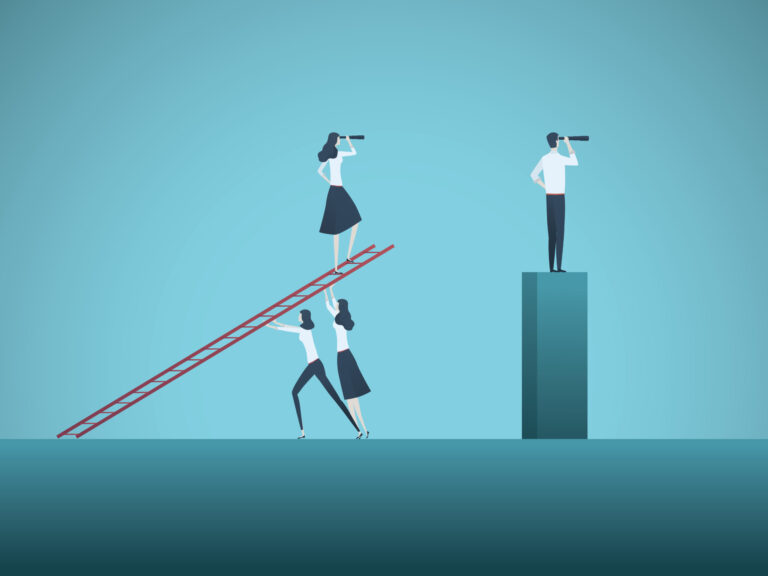Let’s cut to the chase: the news isn’t good. Since 2006, The World Economic Forum (WEF) has assessed gender parity across four metrics: Economic Participation and Opportunity, Educational Attainment, Health and Survival, and Political Empowerment. The 2022 Global Gender Gap Index measured 146 countries and estimates that at the current rate of progress, it will take another 132 years for full global gender parity. This is an increase from 100 years before 2020, when the global pandemic and geopolitical upheaval reversed some gains for women.
Here’s what you need to know from the report:
1. Top Ten Countries’ Overall Indexes
The study measures scores on a 0 to 100 scale that represents the percentage of the gender gap that has closed. Afghanistan, measured for the first time in 2021, is once again at the bottom of the list with an overall score of 43.6%. The United States ranks 27th in the world with a 76.9% rating.
- Iceland: 90.8%
- Finland: 86.0%
- Norway: 84.5%
- New Zealand: 84.1%
- Sweden: 82.2%
- Rwanda: 81.1%
- Nicaragua: 81.0%
- Namibia: 80.7%
- Ireland: 80.4%
- Germany: 80.1%
2. Economic Participation and Opportunity: A Poor Performance Review
Based on the current report, it will take 151 years to close the gender gap. Gender parity in the labor force stands at 62.9%, the lowest level registered since the index was first compiled. The negative labor market impact of the pandemic is partially due to the caregiving that fell on women as childcare facilities and schools were closed. Of course, that pattern was already pronounced before the pandemic. One positive development: The share of women hired into leadership roles has seen a slow but steady increase, from 33.3% in 2016 to 36.9% in 2022.
3. Educational Attainment: A Respectable Report Card
The WEF currently estimates that it will take 22 years to bridge the Educational Attainment gender gap. Of the world’s regions, North America is nearest to full gender parity at 99.7%, while Sub-Saharan Africa is furthest at 85.3%. 29 countries reported full gender parity.
4. Health and Survival: A Stronger Showing
The Health and Survival gender gap has closed by 95.8% since the survey began. The Health and Survival subindex has varied only slightly over time, reaching its lowest point in 2018 and recovering marginally since then. Belize has the highest score at 98%, with India scoring lowest at 93.7%. The United States ranks 83rd, just under Austria.
5. Political Empowerment: A Running Battle
Having closed by just 22%, this category is the largest remaining gender gap of all subindexes, with Iceland ranking highest at 87%. Past studies reported significant advances towards parity between 2006 and 2016, fluctuating until 2021, after which it stalled below its 2019 peak. It should be noted that this subindex only measures the gender gap at the highest level of political decision making and not local governments.
More than just an overview, the Global Gender Gap index drills down into comparisons between countries and world regions, providing political leaders with an invaluable resource for identifying policies that could help address these issues. This important annual report statistically verifies what we all know about equity for women — much progress has been made and much, much, much more needs to be done. One final takeaway: if you want to live in a country close to gender parity, Iceland may be your best bet.
